Mind-Blowing Chemistry Tips That Save Time and Money Around the Home

Mind-blowing Chemistry Tips that Save Time & Money
Our goal here at Chemistry Cachet is to share fun chemistry hacks to help you live better ( like making potent metabolism boosting, joint healing tea). Today, we have a post with some of the best chemistry tips that save time and money…and are super easy!
I came across a post on pinterest a few weeks ago, claiming to be the BEST homemade cleaner out there. When I clicked on the post to read it, I was shocked that the main ingredients in a plastic bottle were hydrogen peroxide and vinegar. What concerned me even more was it had been repined over 100K times with people saying that used it.
Why does that bother me?
Peroxide and vinegar in a bottle together are very toxic. You might not realize it, but making your homemade solutions are a chemical reaction. It is important to be super careful, which is why I am here to help you! As a chemist, I can look at the science behind something and see if it is safe or not. One of the reasons everyone is loving Chemistry Hacks for Home and Outdoors is they are safe and effective solutions that are CHEAP too!
So, how does chemistry save you time and money?
Chemistry Tips that Save Time and Money
One. Put a Slice of Bread in Brown Sugar
Have you gone to bake cookies before only to find your brown sugar is hard as a rock? This happens to me all the time. Now, you can microwave it which will soften it right away. But overtime, heating up brown sugar will alter the structure. A better way, is to pop a slice of bread into your brown sugar container (even the bag it comes in). Let it sit just a few hours to a few days.
When you come back to the brown sugar, it will be soft and lump free.
Why does this work you may wonder?
Chemically, sugar is hydrophilic. Bread contains moisture which evaporates when exposed to air. So, when a slice of bread is added to a container, the moisture evaporates. The brown sugar soaks in the moisture which softens it! Thanks chemistry!
Two. Save Money and Make Your Own Chalk Paint
Chalk paint is very trendy right now, but it is also more expensive than regular paint.
You can easily make your own thanks to the chemistry of chalk paint.
DIY Chalk Paint Recipe:
- 1 cup of latex paint
- 3 tablespoons of cool water
- ½ cup of baking soda
This will alter the latex paint to be more of a chalky paint. I have used this before and it is a good substitute.
Three. Treat Black Spots on Leaves
I get this question from readers ALL the time. Black spots are a fungal disease that can be so hard to get rid of. Organic sprays can work, but are costly.
You can try my treatment for roses in this post, or utilize the chemistry of aspirin.
Aspirin is chemically known as acetylsalicylic acid. Mix 2 tablets in 1 quart of water, then spray on the leaves. It will prevent and treat the current black spots thanks to the chemistry behind acetylsalicylic acid.
P.S – Follow me on instagram for more behind the scenes 🙂
Four. Freshen Your Carpet for Pennies
Remember as a kid when you mixed baking soda and vinegar in a bottle? After shaking the bottle it would explode and fly in the air.
Baking soda and vinegar are chemistry 101. Baking soda is a base and vinegar is an acid, when mixed they react and release carbon dioxide. Eventually they neutralize each other. But first, they do react and that is why they can clean carpet fibers.
Like with my easy homemade carpet cleaner.
Some people online say it is pointless to mix baking soda and vinegar together in a bottle since they neutralize. Those people don’t understand that it takes a chemical reaction to get to that point. That is why reading Chemistry Cachet can really help you understand why things work (and avoid the myths you see on pinterest).
Mixing them separately on a carpet causes the reaction to bubble and clean dirt and stains locked into the fibers of carpet. Plus that addition of hydrogen peroxide makes this an awesome chemistry tip.
See more cleaning resources here (all used in the e-book).
Five. Use Red Cabbage to Indicate pH
You might be thinking what?? Say you need to know if something is an acid or base, like a liquid or even your soil, you can use red cabbage instead of litmus paper.
Red cabbage has a chemical called anthocyanin which is a pigment that will change color depending on the acidity of something.
To make the indicator simply boil 2-3 cups of cabbage in a pot of water. Once it reaches a boil, cover and simmer for 30 minutes. Since cabbage can really stink, strain out all the purple liquid into a jar, then pour into ice cube trays. Freeze it, now you can use non-smelly indicators.
For soil testing, add a few tablespoons of your soil to distilled water. Drop one of those cabbage ice cubes in there and let it dissolve.
For acids, you will notice the water turning pink. Vinegar will turn this bright pink since it is a strong acid. Neutral solutions stay purple, and bases like ammonia or baking soda, turn a blue.
Pretty Cool!
Six. Deep Clean Your Bathroom for a Few Cents
I had readers send me an email saying how much they enjoyed this homemade bathroom cleaner. They couldn’t believe how well it worked and for super cheap.
Mixing an acid with a salt allows for some heavy-duty cleaning power. Adding in a dish soap and you have a great cleaning trifecta.
This recipe is straight from the eBook Chemistry Hacks for Home and Outdoors!
Seven. Feed Your Plants for Cheap or for Free
You can use leftover kitchen foods to give your flowers nutrients. Like a cheap liquid plant food or free food for your roses.
My favorite slow release plant food is found in Chemistry Hacks for Home and Outdoors and is a few cents per batch.
Even though it is winter, you can save all these plant tips for spring!
Eight. It Saves Money on Spray Paint
Science is responsible for spray painting technology. It is one of my favorite DIY tools because it can be very cost-effective if you know what to do.
I shared this post over a year ago, and everyone really enjoyed it! Like, expensive spray paint isn’t necessarily better!
The best way spray paint saves you time and money is the fact you can restore and save almost anything. Rusted furniture, wood, even plastics can be restored and protected with spray paint. Did you know you can also spray paint fabrics? You can! Furniture and clothing. Krylon has a neat gallery of spray painted fabrics.
I love how you can change up anything thanks to the science of spray paint!
There are literally thousands of tips I could share in this post, so keep an eye out for more posts on this! Yay for Chemistry : )


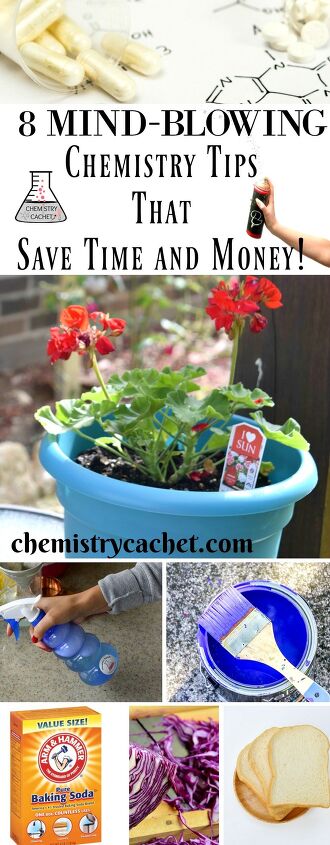




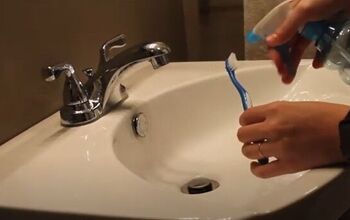
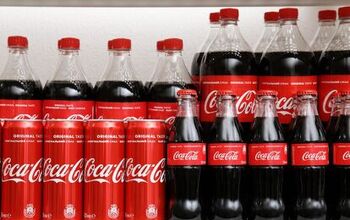




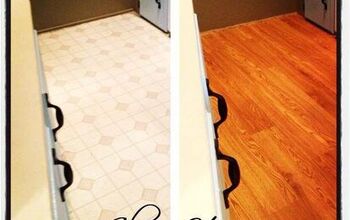

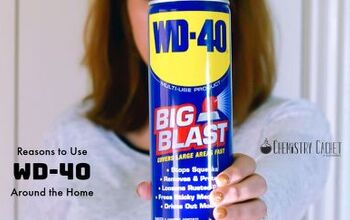

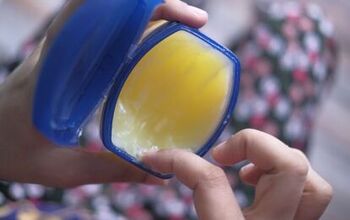
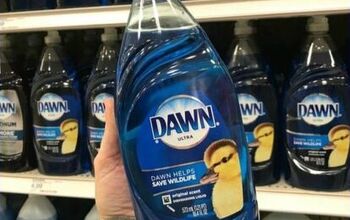
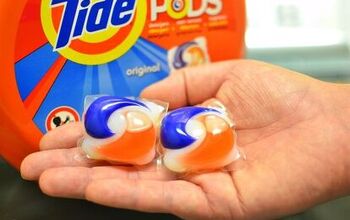
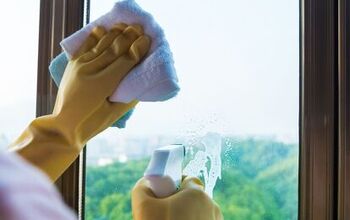

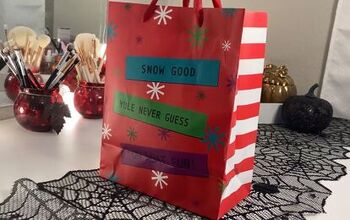

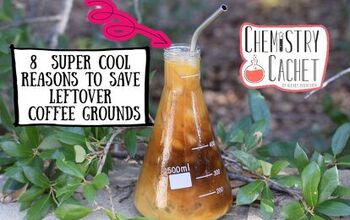
Comments
Join the conversation
Is the carpet solution safe on all types of rugs?
Does your version of chalk paint need to be waxed like original chalk paint?